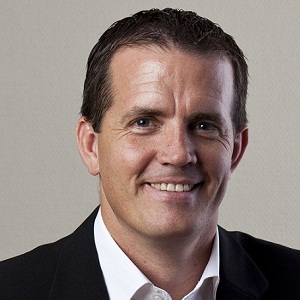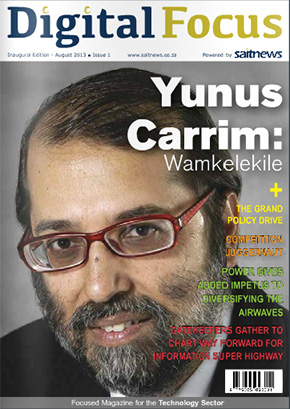Three steps to better contact centre management
 Communication technologies have the power to dramatically shape company performance, and if the bottom line is shaky there’s little doubt the contact centre can make a positive contribution to turning things around.
Communication technologies have the power to dramatically shape company performance, and if the bottom line is shaky there’s little doubt the contact centre can make a positive contribution to turning things around.
But within this context, many decision makers get caught in the tactic trap – changing and re-changing various elements of the contact centre structure in the hope of better results.
The hard reality is that you can change as many specific elements within the centre as you want, but if your organisation hasn’t come to terms with the three strategic keys pillars that define successful use of modern communication technologies, you’re unlikely to come out on the right side of the equation.
The formula is deceptively simple: Get the right people in place, empower them with the best system possible and then train them on how to use it.
Get the right people in place
The right management skills are essential if the contact centre is going to be a true business asset. Here we’re talking about in-depth knowledge and experience of the contact centre environment itself, rather than people and management skills.
Companies often prioritise strong general management skills when sourcing talent, but a contact centre will only reach its full potential if it’s run by a management team with proven skills at developing and implementing organisational communication strategies and technologies. Before anyone even thinks about the centre itself and the technologies involved, the right managers must be in place.
Empower them with the best system possible
Yes, all technology vendors claim that their tools are market leaders, and every brand claims a similar mix of features and business benefits. But brush the marketing hype aside and pay attention to system singularity – this is the defining factor when it comes to assessing communication technologies.
If the system features proprietary hardware and uses multiple engines to achieve its functionality, your organisation is heading in the wrong direction. Take reporting, for example. If distinct engines are required to report on phone records, quality management and agent turnaround times, the overlaps inherent in the structure seriously undermine its integrity. Not only does reporting suffer in terms of accuracy – it also requires far too much interpretive effort on behalf of the reader.
In contrast, market leading communication systems feature a unified, integrated architecture powered by a single engine. This kind of singular structure – which is also very open and therefore easy to integrate with existing technologies – allows decision makers to tap into a live reporting feed covering the whole organisation, or any of its constituent parts, and to make decisions accordingly. Presuming you have the appropriate skills in place, only a singular system of this type will ensure your managers are supported by the right tools as they go about their work.
Train, train and train again
Such is the rate of change in the industry that even the most experienced and knowledgeable decision makers require ongoing training in system use and management. Don’t make the mistake of thinking training is only something that applies to centre agents and their line managers.
If anyone on the contact centre team has fallen-off in their training a critical mistake is occurring, fuelled by the assumption that today’s knowledge will equip you for tomorrow’s challenges. Training must be a pervasive contact centre culture. It’s as simple as that.
By Karl Reed, Chief Marketing and Solutions Officer, Elingo













